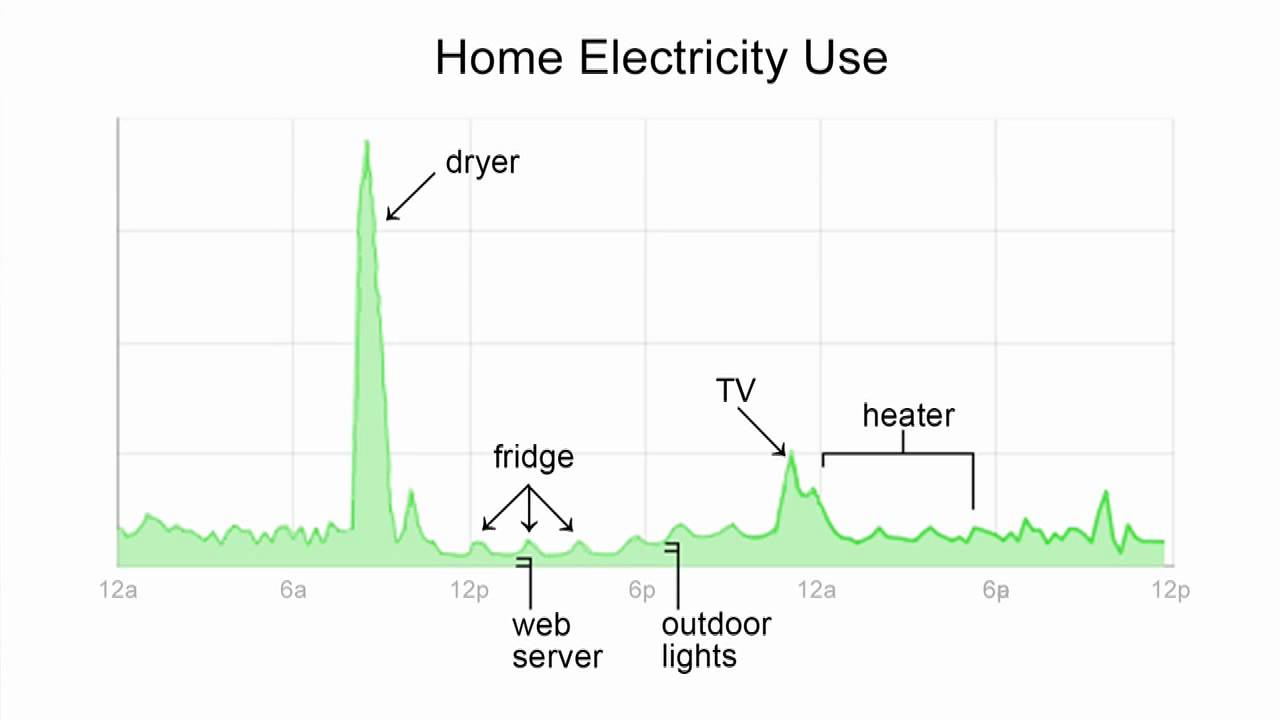Knowledge is power, right? We’ve written before about our belief (from our own personal experiences) that one of the best motivators for going green is simply knowing what your impact is. Knowing how much energy you use, carbon you spew, or trash you generate inevitably leads to the desire to cut back (unless you’re one of those carbon-neutral zero-energy composting machines who’s already pegged out at zero. Or a Hummer driver and you just don’t care).
Well, the folks at Google announced a potentially important step on the path to real-time insight recently: development of the Google Powermeter.
[youtube=http://www.youtube.com/v/6Dx38hzRWDQ&color1=0xb1b1b1&color2=0xcfcfcf&hl=en&feature=player_embedded&fs=1]
What is it? Well, it’s another example of Google doing what Google does best: compiling information from a multitude of sources and displaying it in an easy-to-use, intuitive format on the web. For free. In this case, it’s your electricity usage. Before you get online and try to add the Powermeter to your iGoogle page, there’s a catch. You’ll need a Google-compatible smart meter or electricity monitoring device at your home in order to collect your energy usage information the Powermeter needs. Because it is still in testing, Google hasn’t announced yet who the device partners will be. Most of us don’t have the right devices yet, but we will soon, either courtesy of our local utilities or because we’ve gone out and purchased some of the inexpensive DIY devices that are popping up.
This is pretty exciting, for we haven’t found too many examples of Google offering something that doesn’t make our lives easier … that is, as long as you don’t dwell too long on the privacy implications of all that data they have access to! While we wait anxiously for the details, I’d like to offer a few suggestions to Google (bold, I know) that might make the Powermeter a useful new part of our daily web routines.
1. Make sure that the Powermeter relies on open data standards. Google is at its best when it takes a previously propietary technology platform or source of information and opens it up to all of us. The Google Android mobile phone platform could revolutionize the smart phone market, and it’s open to any who want to develop on it. Google Analytics brings unprecendented insights about websites to all of us out there running web businesses, and it’s free too. Google Maps? Anyone can create their own custom map and share it with the world – once again, for free. We hope that Google uses its incredible market power for good in this case. They mention making the Powermeter display available to all, but we hope that they also enforce transparency on the makers of smart meters and metering devices. If the meter-makers are forced to follow an open data format, then none of us will be tied into buying some propietary (and expensive) device. And we won’t be tied to the meters our utilities might (or might not) put in our homes.
2. Use the usage patterns of millions of consumers to reduce our environmental impact. Once launched, we doubt it will take long for the Powermeter to spread like wildfire. That’s what getting several hundred million visits a month gets you! We hope that Google uses this database to identify trends or anomalies that suggest energy conservation opportunities. Is your home using more energy than similar ones in the summer time? That should bring a polite but helpful reminder that you might want to check your AC unit or insulation levels. Or even better, show you what the payback period will be by upgrading your air conditioner. Or is your power usage very high even when you’re not at home? Perhaps Google can suggest replacing your refrigerator or buying a power-sensing power strip to shut down that plasma TV while you’re away. There are some major privacy concerns here, but Google navigates those very day.
3. Don’t stop at electricity. Carbon dioxide emissions from electricity usage represent about 70% of total emissions from residences (excluding transportation fuel), but that means that nearly 30% come from other sources. The main non-electricity culprit is natural gas, which contributes about 20% of residential CO2 emissions. And in certain parts of the country (like the Pacific states, where electricity is very clean), household natural gas usage is THE main source of CO2. We hope that Google extends the Powermeter to cover natural gas usage as well. And what about water usage? I’d really like to see an integrated Google Environmental Dashboard that shows electricity, natural gas, carbon emissions, water, sewage, perhaps even transportation fuel, all in one place.
Any other suggestions? Leave them here … perhaps someone important will “Google” us and take our proposals into consideration!


Eric
It would be nice if they utilized IP-over-power-lines, which utilizes the existing power lines in your home and the grid to transfer data. If they did so, it would not only enable monitoring your whole house usage, but also be readily extensible to individual devices in your home. This technology has been around for ages, but, currently, is not capable of transferring broadband capable speeds. However, it would be perfect for such an insignificant amount of data as this application would require.